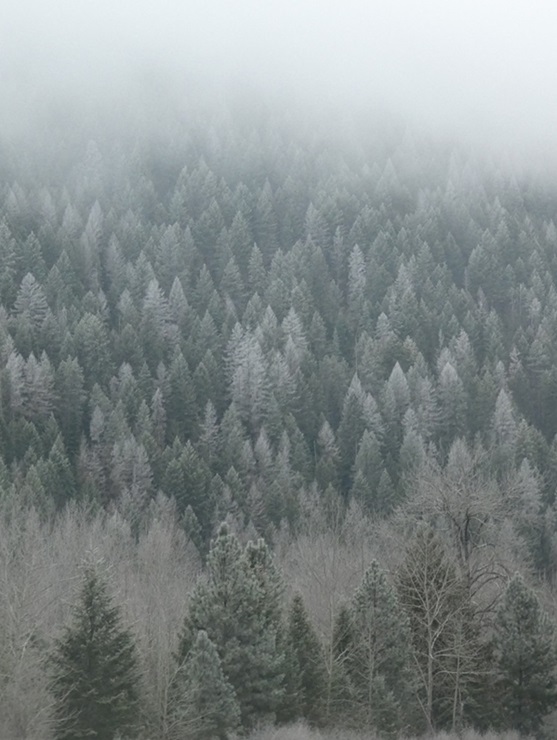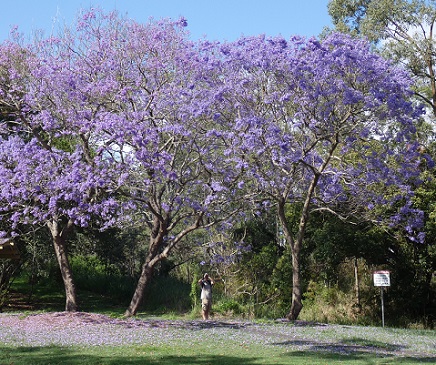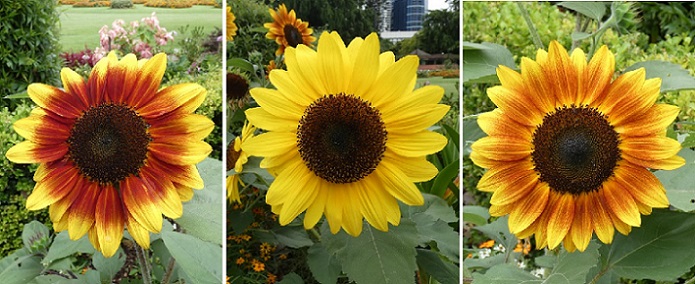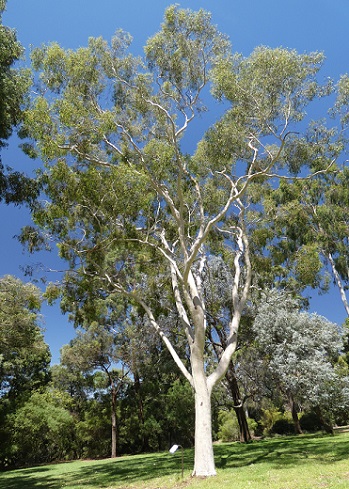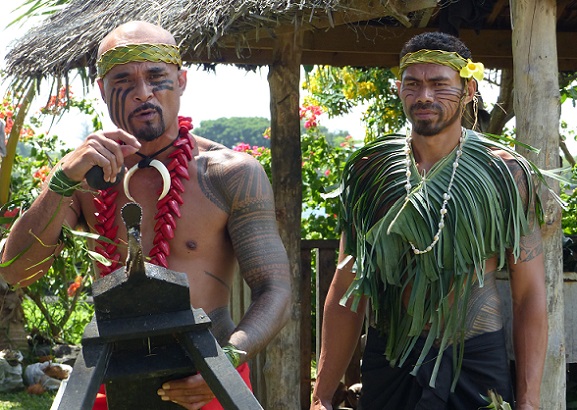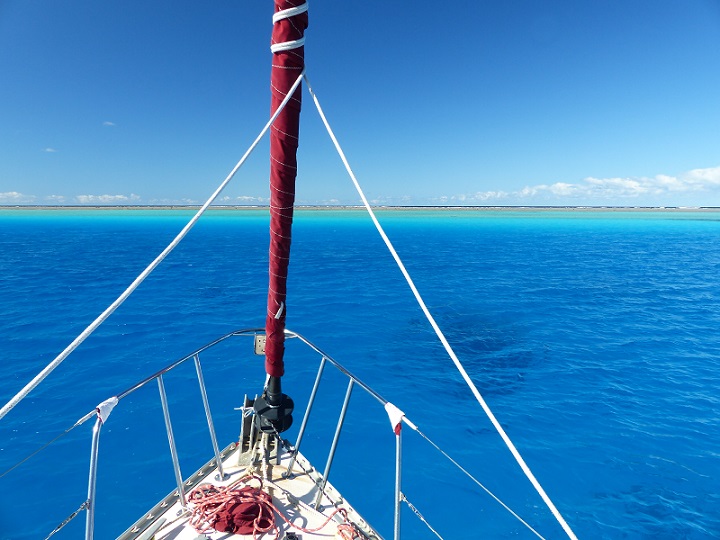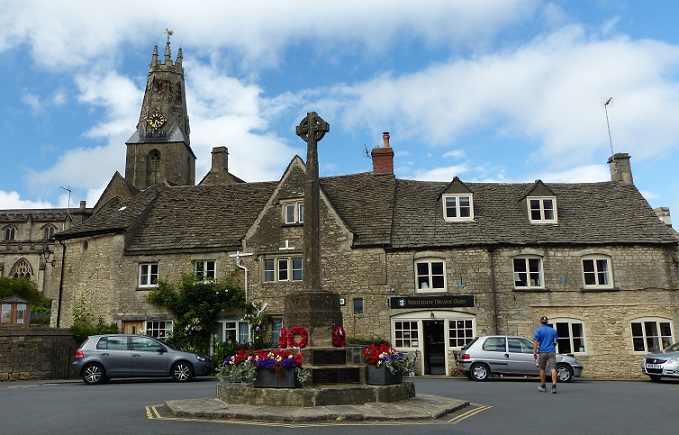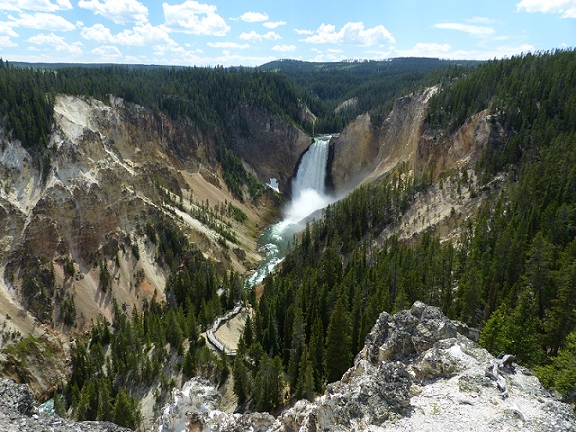
Tregoning
12 April 2024 | We are back aboard Tregoning in Mersin Marina, Mersin, Türkiye
02 April 2024 | We are in Toronto Airport, Canada: Tregoning is in Mersin Marina, Mersin, Türkiye
25 February 2024 | We are back in Gainesville, FL: Tregoning is in Mersin Marina, Mersin, Türkiye
18 February 2024 | We are in Glenwood, New Mexico: Tregoning is in Mersin Marina, Mersin, Türkiye
12 February 2024 | We are in Morro Bay, California: Tregoning is in Mersin Marina, Mersin, Türkiye
19 January 2024 | We are in Vancouver, BC Canada: Tregoning is in Mersin Marina, Mersin, Türkiye
01 January 2024 | We are in Washington State: Tregoning is in Mersin Marina, Mersin, Türkiye
15 December 2023 | We are in Minnesota: Tregoning is in Mersin Marina, Mersin, Türkiye
18 November 2023 | We are in Florida: Tregoning is in Mersin Marina, Mersin, Türkiye
29 October 2023 | We're in Florida - Tregoning is at B-dock, Mersin Marina, Mersin, Türkiye
21 October 2023 | 7 Oda Kapadokya Cave Hotel, Ürgüp, Türkiye
14 October 2023 | Hotel Aşikoğlu, Boğazkale, Türkiye
07 October 2023 | B-dock, Mersin Marina, Mersin, Türkiye
19 September 2023 | “Chez Jon & Angela”, Near Otterton, Devon, UK
14 September 2023 | Airbnb in Fortuneswell on the Isle of Portland, Dorset, UK
11 September 2023 | With Mike, Grange-over-Sands, Cumbria, UK
03 September 2023 | Ardington House, Ardington, Oxfordshire, UK
24 August 2023 | Near "Chez Joan and Peter", College of Roseisle, Moray, Scotland
11 August 2023 | Andrew's house (not exactly), Lichfield, UK
22 July 2023 | Chez Gail, near the New York Café, Budapest, Hungary
Unexpectedly charmed
30 March 2017 | Mansion House Bay, Kawau Island, New Zealand
Photo: The Mansion House on Kawau Island, restored to its 1890 glory
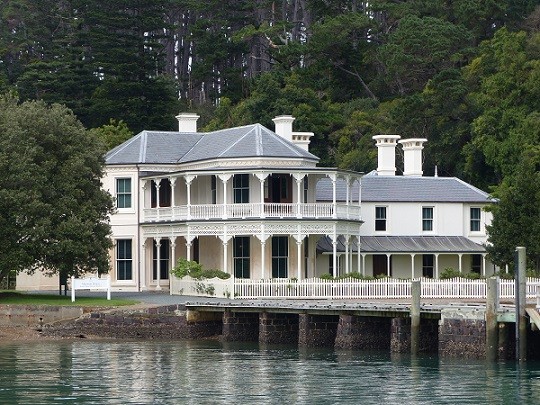
Instead, I was curious about seeing the Mansion House in Mansion House Bay on the south side of the entrance to Bon Accord Bay. Thus, following a small ferry, we headed into the bay so that I could photograph the house. Once there, it looked very attractive, there was no one else anchored, and this was the only place on Kawau Island that we knew had trails that were open to the public, so we dropped the anchor.
Rowing ashore to the Kawau Island Historic Reserve (which occupies about 10% of the island), we were a little surprised to be greeted by peacocks and the rare North Island wekas. These flightless birds were a bit smaller than the wekas we had seen on the South Island, and had much darker grey patches among the brown feathers. Very few wekas survive on the North Island so this is a large and important population. In a rather odd way, the peacocks (native to India) were actually less surprising than the wekas, given the large house, and the extensive grounds, obviously planted with many exotic trees and shrubs.
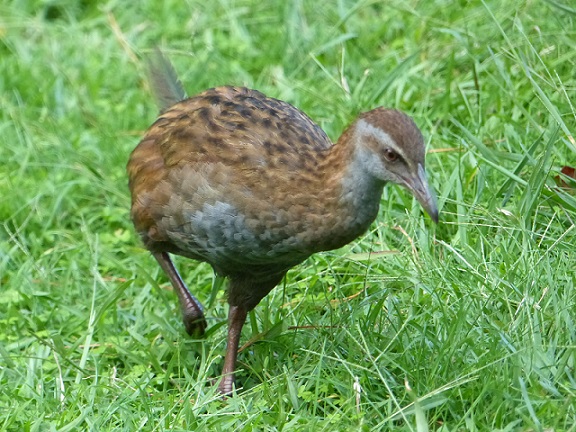
North Island weka
Kawau Island was inhabited by various iwi (tribes) of Māori until 1825 and traces of settlements can be found on various headlands. The surrounding waters provided a good supply of muru (small spotted shark) which could be dried and preserved. Competition for this highly prized food resource was one of the reasons for intertribal conflict in the area.
The island was purchased by a Scottish investment company in 1843 for farming, but almost immediately manganese was found near North Cove. The following year, copper was discovered at South Cove and soon pits were dug and experienced copper miners we brought in from Cornwall. The seam containing copper was deep underground and extended out under the seabed, causing flooding to be a constant worry in the mine. The ore was also high in sulfur which made it susceptible to spontaneous combustion, an unacceptable trait of a cargo on wooden sailing ships. So in 1848-49, a smelter was built on the north side of Bon Accord Harbour which is now preserved as New Zealand’s oldest industrial site (and had been our original destination).
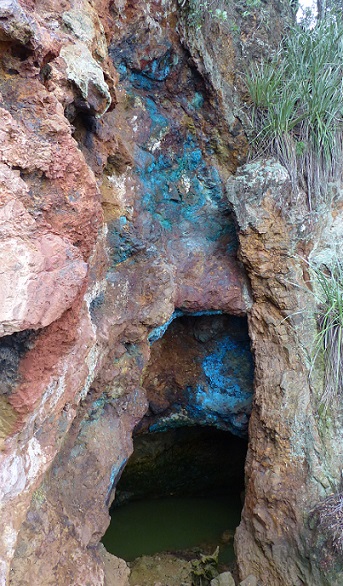
Blue copper pigments in the rock above an old mine shaft on Kawau Island
At the height of the island’s mining boom in 1849, at least 300 people lived on Kawau including the mine superintendent for whom, in 1845-47, a grand 10-room “cottage” had been built at the head of Mōmona Bay (later renamed Mansion House Bay). The mine’s doctor lived next-door and the valley supported a village for 80 miners and families.
The boom was short-lived, however. The mine closed in 1851 due to flooding, legal disputes over ownership of the underwater mining rights (hence, the name of the nearby Dispute Bay), removal of the best ore, and miners being lured away to the nation’s emerging goldfields. More than 3,000 tonnes of ore worth about £60,000 (at the time…much more now) had been extracted. Subsequent efforts to reopen the mine resulted in the construction in 1854-55 of a large stone engine house at Miners Bay to power the pumps to remove the floodwater, but no more ore was ever removed. During our hikes around the Historic Preserve, we visited the engine house and saw the entrance to some of the mine shafts, with a bright blue patina on the rocks showing the residual presence of copper ore.
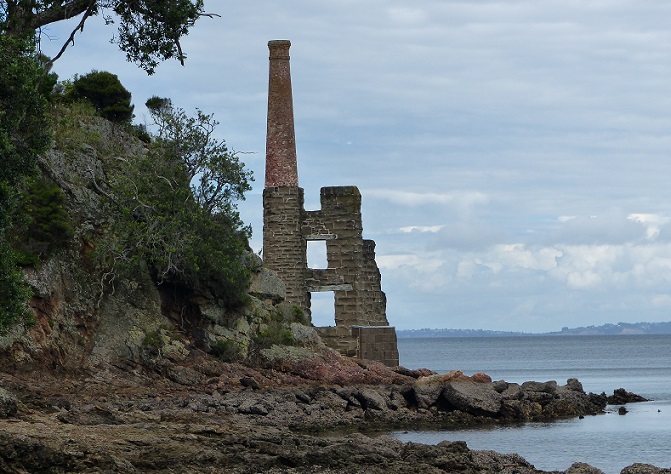
Remains of the copper mine engine house at Miners Bay on Kawau Island
In 1862, the island was purchased for £3,200 by Sir Geroge Grey who was serving his second term as New Zealand Governor and wanted a place to which he could “escape”, entertain, and store his extensive collections of books and artefacts. Within the following five years, he considerably expanded the mine superintendent’s cottage into a stately mansion in the English Georgian style, and he added dwellings and facilities (including a schoolhouse in, inevitably, Schoolhouse Bay) for his considerable staff and their families.
Sir George Grey has been noted as New Zealand’s most influential governor, but he was also a controversial figure, described by historian James Belich as, “a strange, complicated man, whose real charisma and genius almost matched his flaws”…ouch! “Talented but Machiavellian” is the description used in the Lonely Planet history.
Born 1812, he was a professional soldier in Ireland in 1830-35, where he was so shocked by the poverty that he became a great proponent of sending settlers to colonize all parts of the British Empire. During the late 1830s, he led two exploratory expeditions in western and northern Australia. Both expeditions were bit of a shambles with conflict with aborigines and injury or loss of expedition members. However, Grey was a much better administrator than expedition leader and by curbing public spending in South Australia during his term there as Governor from 1841 to 1845, he gained a reputation as a good politician. This led to his appointment, as he had hoped, to become New Zealand’s Governor from 1845 to 1853. He was almost certain to be more successful than his predecessor, Captain Robert Fitzroy, who was captain of HMS Beagle when Charles Darwin joined their five year circumnavigation. A successful captain, Fitzroy was a poor administrator and politician.
Grey had autocratic authority during his first term as Governor but he oversaw the institution of the nation’s Constitution of 1852, which led to the establishment of a parliamentary democracy. He was knighted as Governor in 1848. From 1854 to 1861, Sir George was the 13th Governor of the Cape Colony and High Commissioner for South Africa. At that time, Dr. Livingstone (famous for the quote from Henry Morton Stanley of “Dr. Livingston, I presume”) completed his epic transcontinental journey of south and central Africa and then embarked on a trip up the Zambezi River, during time which he sent long dispatches to Governor Grey.
After serving his second term as New Zealand Governor from 1861 to 1868, Sir George returned to England to try to secure a parliamentary position, but when that effort failed he retired to Kawau Island. Both of Grey’s terms as Governor of New Zealand had been during periods of fighting on the North Island between the Māori and the government (some of the five major Land Wars or Māori Wars between 1844 and 1872). Although there were complex reasons and changing coalitions between Māori iwi and the government during these wars, the root of the conflicts was almost always competition for land. Sometime the cause might be described as a challenge to British sovereignty (which had been “granted” as a part of the 1840 Treaty of Waitangi in exchange for full equality as British subjects…or so the British interpreted the treaty). Land confiscation was used as a punishment for Māori involvement in the wars, which led to further physical conflict at the time, and in the courts today. Grey’s Machiavellian reputation was probably founded on his behavior with regard to these conflicts (e.g., claiming victory on slim evidence) despite his deep interest in native cultures and research into Māori traditions, including publication of ‘Myths and Legends of Maori’.
Grey was elected a Member of the House of Representatives for Auckland West in 1875 and became Premier (Prime Minister) of New Zealand from 1877-79. After a few more years of retirement on Kawau, he sold the island in 1888 for £12,000 and in 1894 he returned to England. Dying in 1898, just two weeks after his estranged wife of 21 years, Sir George was buried in St. Paul’s Cathedral in London.
As well as being a soldier, explorer, and man of action, Grey was also a man of contemplation as a scholar and keen discusser of philosophy. In addition to expanding his house, he was an avid collector of books and artefacts from the places he had lived, including many gifts that he had received from Māori chiefs. He also introduced many plants and animals from Australia, South Africa, and England, often with the hope that they could be developed into profitable products. Many, like the zebra that he used to pull his carriage, did not tolerate the temperate climate, while other flourished and exist to this day. Possums and wallabies so devoured the regenerating native vegetation that only the unpalatable pine trees survived in some areas (many of them also being non-native species). Four of the five species of wallaby he introduced survive on the island and have to be fenced out of the Mansion grounds. When the parma wallaby almost became extinct in Australia, specimens from Kawau were sent back to their native land to maintain a viable population.
Enough kangaroos and wallabies survived that in the 1970s, a marsupial zoo was created on the island at the time that the Mansion was being run as a hotel. After Sir George sold the island, it had several private owners but few could afford to maintain the extensive property. Between 1923 and 1945, the Mansion was developed into a holiday resort with bowling greens, tennis courts, and a golf course. After WWII, a swimming pool was added to make the hotel more attractive but it was never very profitable and in 1967 the house became part of the Hauraki Gulf Maritime Park. Restoration of the house back to its 1890 appearance began in 1977 and was not completed until 2012/13 by which time it was open to the public and managed by the Department of Conservation.
We paid a very modest entrance fee ($4 each) to walk around the house, in which the parts, in the west wing, that constituted the mine manager’s original house are indicated. The huge bay windows, verandah, porch, and charming courtyard certainly make it a very attractive building and its beauty from the bay is captured both day and night, with floodlights picking out the delicate details of the white-painted woodwork and the limewash that covers the bricks.

The Mansion floodlit at night
Normally we could have wandered over an extensive network of trails around the property but many of the tracks were closed due to the heavy rain a few weeks ago (when we were on Aotea) and a few days previously (when we were sailing to Kawau). During our two night stay in Mansion House Bay, it rained steadily for all of Wednesday morning (March 29th), after which yet another trail had to be closed due to earth slippage.
Various other boats joined us in the anchorage during our visit, most staying only during the daytime, and the small ferries and water-taxis deposited and gathered small groups of visitors and gardening volunteers. Several DoC workers live on site (two in the back of the Mansion and others in cabins in the neighboring coves). Disappointingly, the tearoom was closed for the first two days of our stay but just before we left, after a pleasant walk to Schoolhouse Bay (the last part of the trail being off the Historic Reserve and surrounded by a diversity of private homes), we met the manager who was willing to serve me, before her official opening time, with a tiny, tasty tub of ice-cream.
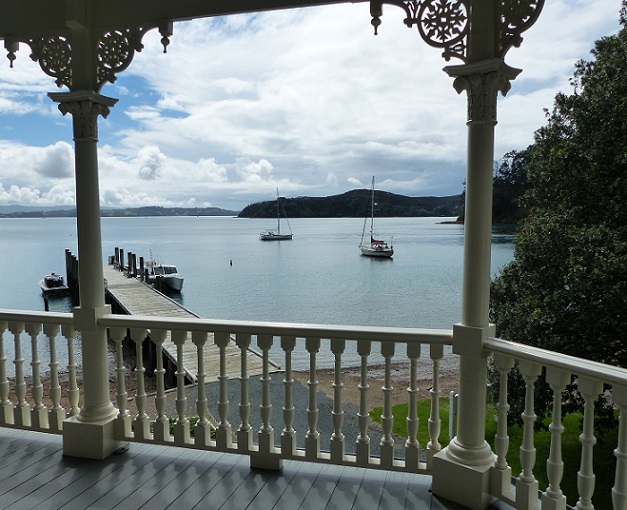
Tregoning (right) in Mansion House Bay
Although we never did get to see the ruins of the smelting house and roasting pits on the north side of Bon Accord Harbour, we were not at all sorry that we missed them in exchange for spending time in Mansion House Bay. It is not a huge anchorage and is exposed to northerly winds and chop but anchor-holding in the sandy bottom is good and the remnants of the island’s mining history and ownership by Sir George Grey are definitely worth exploring. It was yet another example of an unplanned stop that proved to be most satisfactory.
Rowing ashore to the Kawau Island Historic Reserve (which occupies about 10% of the island), we were a little surprised to be greeted by peacocks and the rare North Island wekas. These flightless birds were a bit smaller than the wekas we had seen on the South Island, and had much darker grey patches among the brown feathers. Very few wekas survive on the North Island so this is a large and important population. In a rather odd way, the peacocks (native to India) were actually less surprising than the wekas, given the large house, and the extensive grounds, obviously planted with many exotic trees and shrubs.

North Island weka
Kawau Island was inhabited by various iwi (tribes) of Māori until 1825 and traces of settlements can be found on various headlands. The surrounding waters provided a good supply of muru (small spotted shark) which could be dried and preserved. Competition for this highly prized food resource was one of the reasons for intertribal conflict in the area.
The island was purchased by a Scottish investment company in 1843 for farming, but almost immediately manganese was found near North Cove. The following year, copper was discovered at South Cove and soon pits were dug and experienced copper miners we brought in from Cornwall. The seam containing copper was deep underground and extended out under the seabed, causing flooding to be a constant worry in the mine. The ore was also high in sulfur which made it susceptible to spontaneous combustion, an unacceptable trait of a cargo on wooden sailing ships. So in 1848-49, a smelter was built on the north side of Bon Accord Harbour which is now preserved as New Zealand’s oldest industrial site (and had been our original destination).

Blue copper pigments in the rock above an old mine shaft on Kawau Island
At the height of the island’s mining boom in 1849, at least 300 people lived on Kawau including the mine superintendent for whom, in 1845-47, a grand 10-room “cottage” had been built at the head of Mōmona Bay (later renamed Mansion House Bay). The mine’s doctor lived next-door and the valley supported a village for 80 miners and families.
The boom was short-lived, however. The mine closed in 1851 due to flooding, legal disputes over ownership of the underwater mining rights (hence, the name of the nearby Dispute Bay), removal of the best ore, and miners being lured away to the nation’s emerging goldfields. More than 3,000 tonnes of ore worth about £60,000 (at the time…much more now) had been extracted. Subsequent efforts to reopen the mine resulted in the construction in 1854-55 of a large stone engine house at Miners Bay to power the pumps to remove the floodwater, but no more ore was ever removed. During our hikes around the Historic Preserve, we visited the engine house and saw the entrance to some of the mine shafts, with a bright blue patina on the rocks showing the residual presence of copper ore.

Remains of the copper mine engine house at Miners Bay on Kawau Island
In 1862, the island was purchased for £3,200 by Sir Geroge Grey who was serving his second term as New Zealand Governor and wanted a place to which he could “escape”, entertain, and store his extensive collections of books and artefacts. Within the following five years, he considerably expanded the mine superintendent’s cottage into a stately mansion in the English Georgian style, and he added dwellings and facilities (including a schoolhouse in, inevitably, Schoolhouse Bay) for his considerable staff and their families.
Sir George Grey has been noted as New Zealand’s most influential governor, but he was also a controversial figure, described by historian James Belich as, “a strange, complicated man, whose real charisma and genius almost matched his flaws”…ouch! “Talented but Machiavellian” is the description used in the Lonely Planet history.
Born 1812, he was a professional soldier in Ireland in 1830-35, where he was so shocked by the poverty that he became a great proponent of sending settlers to colonize all parts of the British Empire. During the late 1830s, he led two exploratory expeditions in western and northern Australia. Both expeditions were bit of a shambles with conflict with aborigines and injury or loss of expedition members. However, Grey was a much better administrator than expedition leader and by curbing public spending in South Australia during his term there as Governor from 1841 to 1845, he gained a reputation as a good politician. This led to his appointment, as he had hoped, to become New Zealand’s Governor from 1845 to 1853. He was almost certain to be more successful than his predecessor, Captain Robert Fitzroy, who was captain of HMS Beagle when Charles Darwin joined their five year circumnavigation. A successful captain, Fitzroy was a poor administrator and politician.
Grey had autocratic authority during his first term as Governor but he oversaw the institution of the nation’s Constitution of 1852, which led to the establishment of a parliamentary democracy. He was knighted as Governor in 1848. From 1854 to 1861, Sir George was the 13th Governor of the Cape Colony and High Commissioner for South Africa. At that time, Dr. Livingstone (famous for the quote from Henry Morton Stanley of “Dr. Livingston, I presume”) completed his epic transcontinental journey of south and central Africa and then embarked on a trip up the Zambezi River, during time which he sent long dispatches to Governor Grey.
After serving his second term as New Zealand Governor from 1861 to 1868, Sir George returned to England to try to secure a parliamentary position, but when that effort failed he retired to Kawau Island. Both of Grey’s terms as Governor of New Zealand had been during periods of fighting on the North Island between the Māori and the government (some of the five major Land Wars or Māori Wars between 1844 and 1872). Although there were complex reasons and changing coalitions between Māori iwi and the government during these wars, the root of the conflicts was almost always competition for land. Sometime the cause might be described as a challenge to British sovereignty (which had been “granted” as a part of the 1840 Treaty of Waitangi in exchange for full equality as British subjects…or so the British interpreted the treaty). Land confiscation was used as a punishment for Māori involvement in the wars, which led to further physical conflict at the time, and in the courts today. Grey’s Machiavellian reputation was probably founded on his behavior with regard to these conflicts (e.g., claiming victory on slim evidence) despite his deep interest in native cultures and research into Māori traditions, including publication of ‘Myths and Legends of Maori’.
Grey was elected a Member of the House of Representatives for Auckland West in 1875 and became Premier (Prime Minister) of New Zealand from 1877-79. After a few more years of retirement on Kawau, he sold the island in 1888 for £12,000 and in 1894 he returned to England. Dying in 1898, just two weeks after his estranged wife of 21 years, Sir George was buried in St. Paul’s Cathedral in London.
As well as being a soldier, explorer, and man of action, Grey was also a man of contemplation as a scholar and keen discusser of philosophy. In addition to expanding his house, he was an avid collector of books and artefacts from the places he had lived, including many gifts that he had received from Māori chiefs. He also introduced many plants and animals from Australia, South Africa, and England, often with the hope that they could be developed into profitable products. Many, like the zebra that he used to pull his carriage, did not tolerate the temperate climate, while other flourished and exist to this day. Possums and wallabies so devoured the regenerating native vegetation that only the unpalatable pine trees survived in some areas (many of them also being non-native species). Four of the five species of wallaby he introduced survive on the island and have to be fenced out of the Mansion grounds. When the parma wallaby almost became extinct in Australia, specimens from Kawau were sent back to their native land to maintain a viable population.
Enough kangaroos and wallabies survived that in the 1970s, a marsupial zoo was created on the island at the time that the Mansion was being run as a hotel. After Sir George sold the island, it had several private owners but few could afford to maintain the extensive property. Between 1923 and 1945, the Mansion was developed into a holiday resort with bowling greens, tennis courts, and a golf course. After WWII, a swimming pool was added to make the hotel more attractive but it was never very profitable and in 1967 the house became part of the Hauraki Gulf Maritime Park. Restoration of the house back to its 1890 appearance began in 1977 and was not completed until 2012/13 by which time it was open to the public and managed by the Department of Conservation.
We paid a very modest entrance fee ($4 each) to walk around the house, in which the parts, in the west wing, that constituted the mine manager’s original house are indicated. The huge bay windows, verandah, porch, and charming courtyard certainly make it a very attractive building and its beauty from the bay is captured both day and night, with floodlights picking out the delicate details of the white-painted woodwork and the limewash that covers the bricks.

The Mansion floodlit at night
Normally we could have wandered over an extensive network of trails around the property but many of the tracks were closed due to the heavy rain a few weeks ago (when we were on Aotea) and a few days previously (when we were sailing to Kawau). During our two night stay in Mansion House Bay, it rained steadily for all of Wednesday morning (March 29th), after which yet another trail had to be closed due to earth slippage.
Various other boats joined us in the anchorage during our visit, most staying only during the daytime, and the small ferries and water-taxis deposited and gathered small groups of visitors and gardening volunteers. Several DoC workers live on site (two in the back of the Mansion and others in cabins in the neighboring coves). Disappointingly, the tearoom was closed for the first two days of our stay but just before we left, after a pleasant walk to Schoolhouse Bay (the last part of the trail being off the Historic Reserve and surrounded by a diversity of private homes), we met the manager who was willing to serve me, before her official opening time, with a tiny, tasty tub of ice-cream.

Tregoning (right) in Mansion House Bay
Although we never did get to see the ruins of the smelting house and roasting pits on the north side of Bon Accord Harbour, we were not at all sorry that we missed them in exchange for spending time in Mansion House Bay. It is not a huge anchorage and is exposed to northerly winds and chop but anchor-holding in the sandy bottom is good and the remnants of the island’s mining history and ownership by Sir George Grey are definitely worth exploring. It was yet another example of an unplanned stop that proved to be most satisfactory.
Comments
| Vessel Name: | Tregoning |
| Vessel Make/Model: | Morgan Classic 41 |
| Hailing Port: | Gainesville, FL |
| Crew: | Alison and Randall |
| About: | We cast-off from Fernandina Beach in north Florida on 1st June 2008 and we have been cruising on Tregoning ever since. Before buying Tregoning, both of us had been sailing on smaller boats for many years and had worked around boats and water throughout our careers. |
| Extra: | “Tregoning” (rhymes with “belonging”) and is a Cornish word (meaning “homestead of Cohnan” or “farm by the ash trees”) and was Alison's mother’s middle name. Cornwall is in southwest England and is where Alison grew-up. |
Tregoning's Photos - Main
 |
Extra photographs from our three-week campervan tour of the South Island from November 15th to December 5th 2015
217 Photos
Created 4 January 2016
|
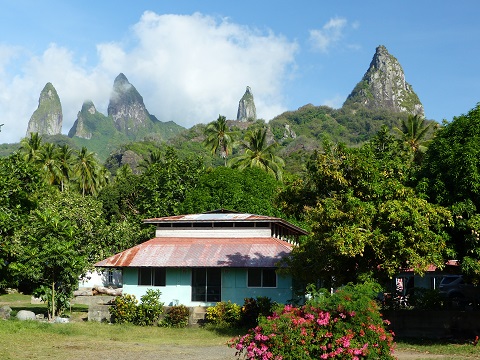 |
Random pictures from our month spent on the islands of Hiva Oa, Tahuata, Ua Pou, and Nuku Hiva
45 Photos
Created 18 July 2015
|
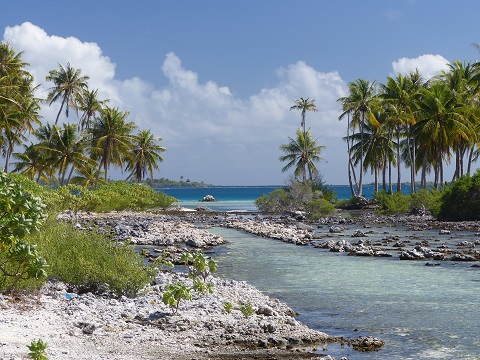 |
Random pictures from our month spent in 4 Tuamotu Atolls; Ahe, Fakarava, Tahanea, and Toau
32 Photos
Created 1 July 2015
|
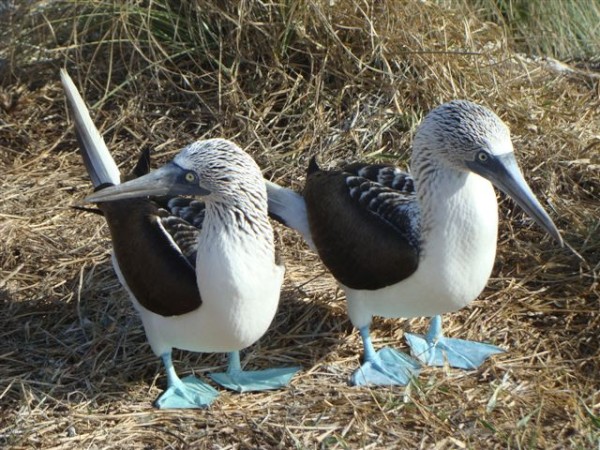 |
Some of the birds, fish, reptiles, and mammals (and others) that we have seen in Mexico
74 Photos
Created 5 May 2014
|
Tregoning

Who: Alison and Randall
Port: Gainesville, FL
